Extensor carpi radialis brevis muscle
Table of Contents
Extensor carpi radialis brevis muscle Anatoy
Extensor carpi radialis brevis (ECRB) is a short muscle emerging underneath the extensor carpi radialis longus and both muscles share a common tendinous synovial sheath[. It is an extensor muscle located superficially at the posterior compartment of the forearm.
Origin
It originates from the common extensor tendon at the lateral epicondyle of the humerus.
Insertion
It inserts on the posterior surface of the base of the third metacarpal.
Nerve supply
It is innervated by the deep branch of the radial nerve.
Blood supply
The main blood supply to the ECRB is from the radial artery.
Action
It extends and abducts the hand at the wrist joint.
Extensor carpi radialis brevis works together with extensor carpi ulnaris and extensor carpi radialis longus to extend the hand at the wrist joint. This action is vital in a sequence of muscle contractions needed for clenching a fist or making a grip. When performing these functions, wrist extension blocks the flexor muscles from acting upon the hand. Instead, flexors act only on the digits, thereby flexing them and producing an effective hand grip, such as that seen in a tennis backhand.
Relations
The extensor carpi radialis brevis is situated deep to the extensor carpi radialis longus in the radial (lateral) region of the forearm.
Extensor carpi radialis brevis, as its name implies, is the smaller of these two muscles.
On the dorsal side of the hand, its tendon passes beneath the extensor retinaculum before running deep to the abductor pollicis and extensor pollicis brevis.
Exercise of Extensor carpi radialis brevis muscle
Strengthening Exercises of ECRB
1. Empty Handshake
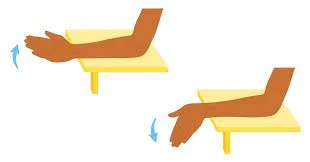
- For this exercise, you‘ll need a flat surface like a table.
- Your forearm should start by resting on the table.
- You can be seated or standing. Your hand and wrist should be hanging off the table.
- Turn your hand to the side as if you were going to shake someone‘s hand. This is the starting position.
- To complete the exercise, move your hand up and down in a chopping motion.
- Hold your movement at the top and at the bottom of the movement.
- Complete the action for 3 sets of 10 reps
2. Reverse Wrist Curls
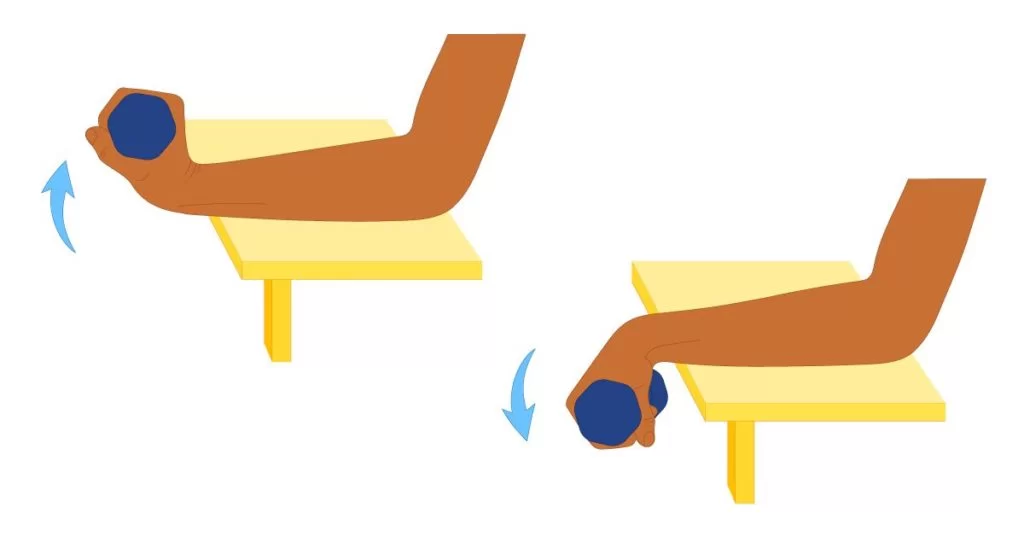
- For this exercise, you‘ll need a flat surface like a desk or a tabletop. You‘ll also need a lightweight dumbbell, weighing around 1-2 lbs.
- Standing or sitting with your feet shoulder-width apart, grab the dumbbell with an overhand grip and lay it on the tabletop, with your wrist and working hand hanging off the table. Your palm should be facing down.
- When you‘re ready, pull the dumbbell up by bending the wrist up and extending it as high as possible.
Stretching Exercise of ECRB

- Extend your right arm in front of you with your palm facing downward.
- Bend the wrist of your right arm, pointing your hand toward the ground.
- Using your left hand, bend your wrist in an even more downward direction.
- You should feel the stretch through the top of your forearm.
- Hold the stretch for 10-15 seconds, repeating as needed.
Physiologic Variantions
The extensor carpi radialis brevis has a few known physiological variations. Instead of its traditional origin on the lateral epicondyle, researchers discovered that the extensor carpi radialis brevis originates from the fascia of the extensor digitorum communis. On the third metacarpal base, the muscle’s original insertion point was still there.
Combining the extensor carpi radialis brevis and longus muscles is another recognized physiological type. In one case report, the lateral, intermedial, and medial heads of the extensor carpi radialis longus separated from their attachment on the humeral supracondylar ridge. The medial head attaches to the extensor carpi radialis brevis muscle, while the lateral and intermedial heads attach to their traditional insertion sites on the second metacarpal base. The bifid tendons of the extensor carpi radialis longus and brevis can connect and enter into the bases of the metacarpal bones on occasion.
Extensor carpi radialis longus and brevis auxiliary muscles have also been used in some variations. An auxiliary muscle was described in one case report as emerging from the medial side of the extensor carpi radialis brevis muscle and traveling down the forearm to implant into the second metacarpal bone. Between the muscles of the extensor carpi radialis brevis and longus, another muscular bundle was also discovered.
Clinical Relevance
Lateral epicondylitis presents as pain on the lateral aspect of the elbow with or without loss of grip strength that is aggravated with activity and it will most likely have extensor carpi radialis brevis muscle affectation.
Radial nerve palsy is a disease that causes wrist droop. The extensor muscles of the wrist and fingers are impacted when this nerve is compromised, which causes the hand to ‘drop’ or hang in a flexion posture as a result of the unopposed activities of the extensor muscles. These individuals may have some sensory abnormalities if the radial nerve is injured close to where it splits into its deep and superficial branches at the lateral cubital fossa boundary.
FAQs
Wrist extensor muscle
In the posterior superficial compartment of the forearm, there is an extensor muscle called the extensor carpi radialis brevis. It is the primary wrist dorsiflexor.
When the elbow is straight, the extensor carpi radialis brevis (ECRB) muscle aids in stabilizing the wrist. For instance, this happens during a groundstroke in tennis. Microscopic rips develop in the tendon where the ECRB joins to the lateral epicondyle when the ECRB becomes weak from overuse. This leads to Pain and inflammation.
Extending and abducting the hand at the wrist joint is the unique function of the extensor carpi radialis brevis.
Before choosing to have the ECRB tendon surgically repaired, options including rest, oral medicines, bracing, steroid injections, platelet-rich plasma injections, and physical therapy are frequently used.

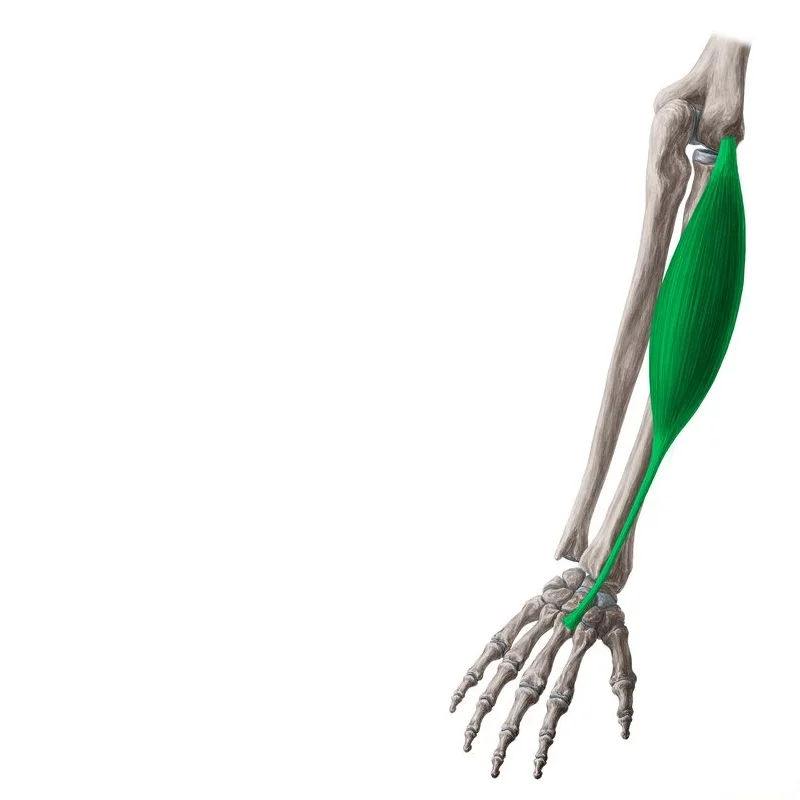
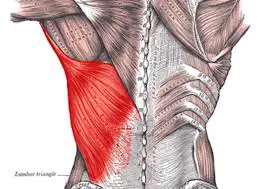
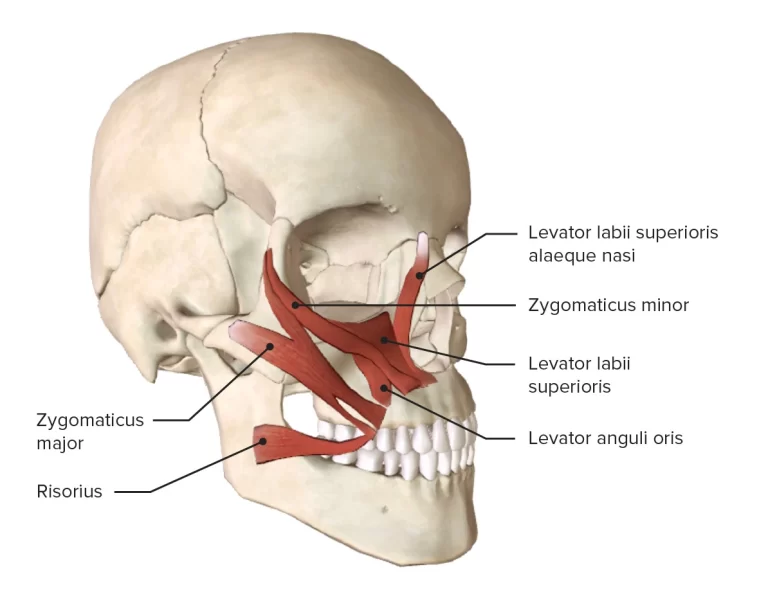
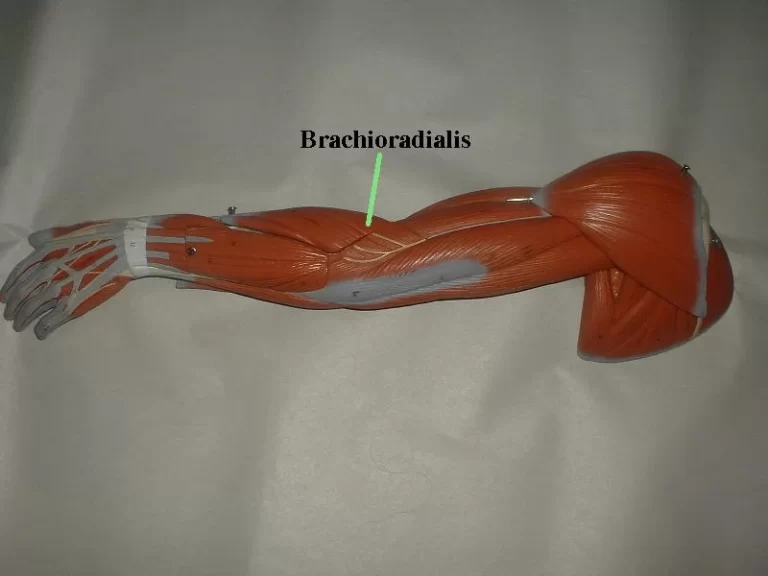
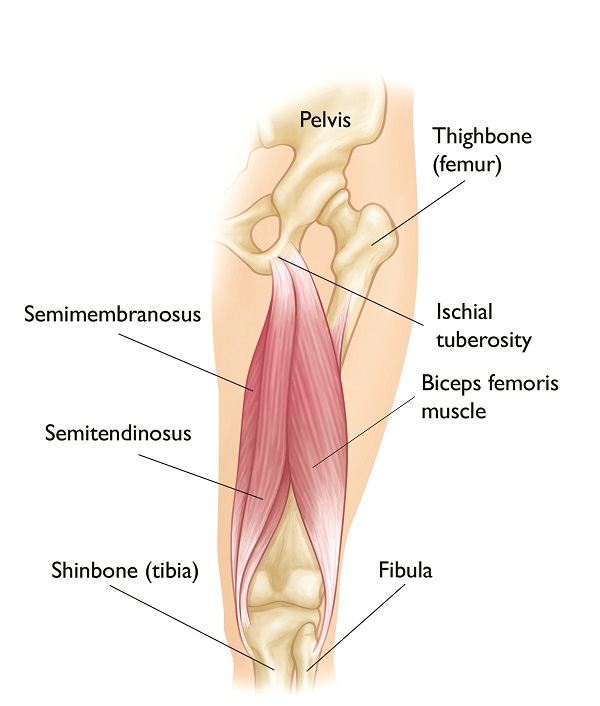

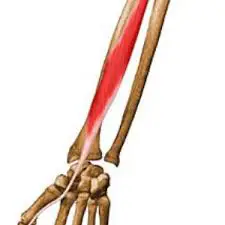
One Comment